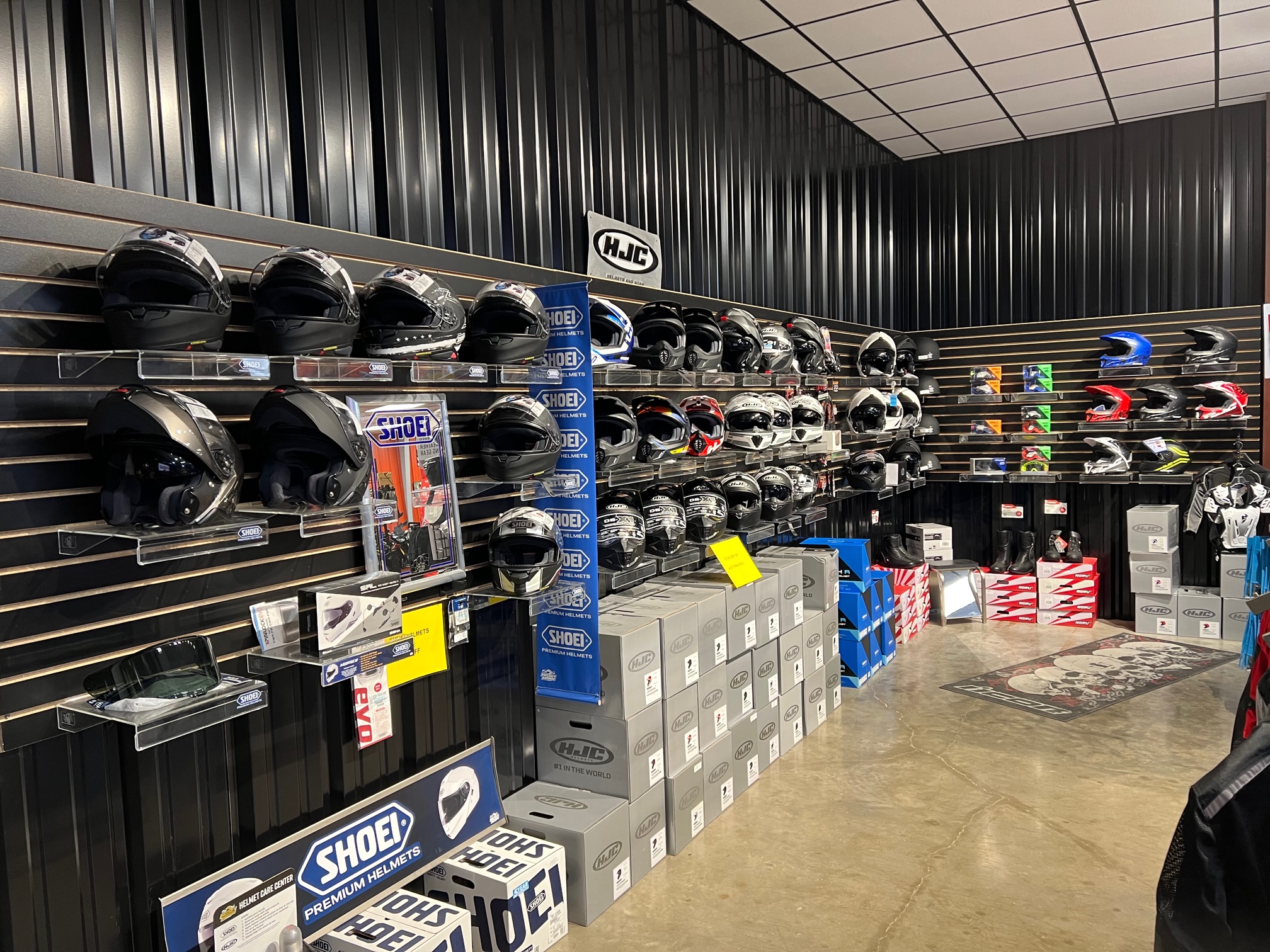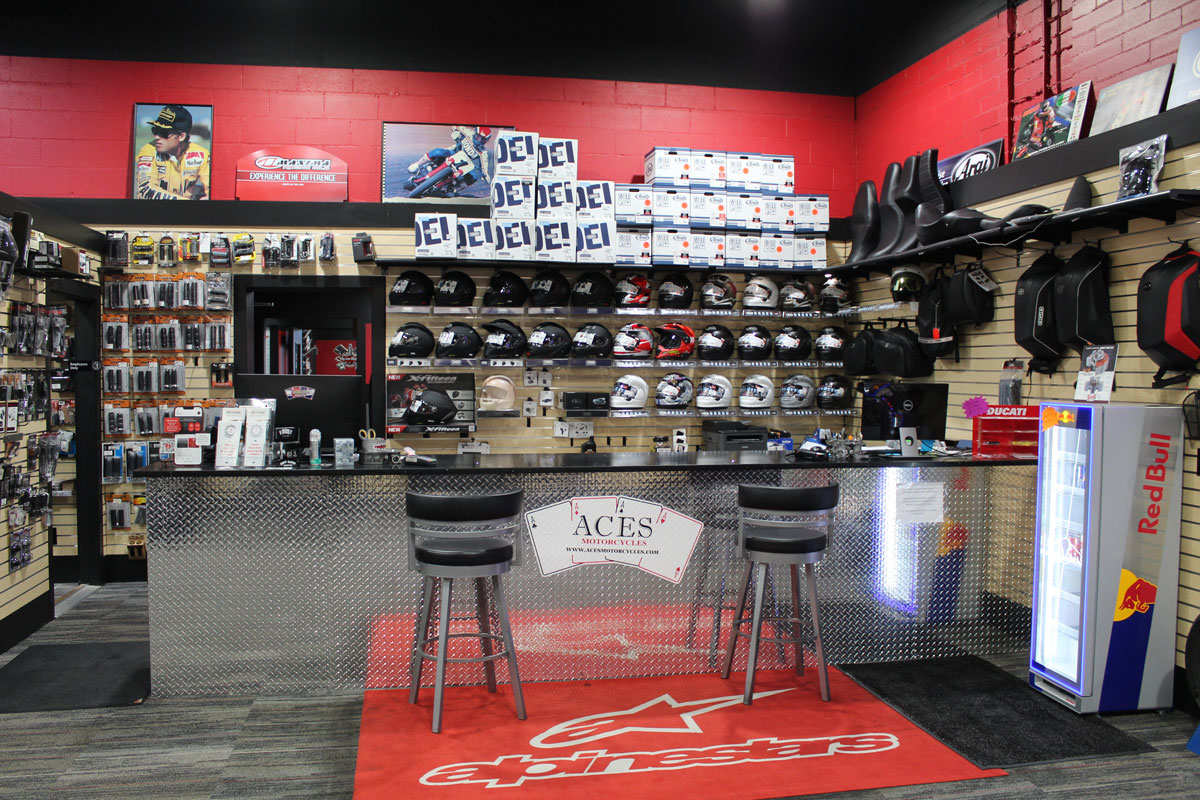Discover Top Quality Moto Parts NZ for All Your Motorcycle Requirements
Discover Top Quality Moto Parts NZ for All Your Motorcycle Requirements
Blog Article
Understanding the Important Parts of a Bike: A Comprehensive Overview for Lovers
For motorcycle fanatics looking to boost their riding experience and guarantee their bikes run smoothly, comprehending the important components of a motorbike is extremely important. Each element, from the engine's intricate workings to the crucial role of the braking systems, not only affects performance however likewise safety and security and convenience.
Engine Parts

The camshaft plays a critical duty in regulating the timing of the engine's valves, guaranteeing the specific opening and closing needed for effective gas and air consumption, in addition to exhaust expulsion. This timing is vital to maintaining optimal engine performance and efficiency. In addition, the carburetor or gas shot system, depending upon the motorbike model, is accountable for blending air with gas in the appropriate ratio for burning.
The air conditioning system, either air or liquid-based, works to preserve the engine's temperature level within operational limitations, avoiding overheating and making certain long life - motocross gear nz. Each element, diligently designed and integrated, contributes to the smooth procedure of the engine, specifying the bike's power output and general performance
Transmission System
Integral to the motorcycle's functionality, the transmission system guarantees effective power transfer from the engine to the wheels. This system makes up a number of essential components, consisting of the clutch, transmission, and last drive, each playing an important role in equating the engine's power right into movement. The clutch, commonly run by a hand bar, serves to disengage the engine and involve from the transmission, enabling smooth equipment modifications and regulated velocity.
The transmission, commonly referred to as the transmission proper, consists of a set of equipments that riders can manually change via to change the bike's speed and torque outcome. These gears are arranged in a series that enables the bike to speed up smoothly and keep ideal engine efficiency across numerous speeds. Many bikes make use of a sequential gearbox, needing the cyclist to move equipments in a predetermined order.
Braking Mechanisms
While recognizing the transmission system is vital to taking advantage of a motorbike's power, just as important is the capability to regulate and stop that power efficiently, which is where stopping systems enter into play. Brakes are essential for safety and efficiency, offering the motorcyclist with the needed control to navigate different surfaces and problems. Normally, bikes include 2 types of stopping systems: disc brakes and drum brakes.
Disc brakes are extra common in modern bikes due to their premium efficiency. This system provides far better warm dissipation, consistent performance, and enhanced quiting power, particularly in wet conditions.
On the other hand, drum brakes, though much less common, are still located in some bikes. They work by pressing brake footwear versus the inner surface of a drum affixed to the wheel. While typically less reliable in warmth dissipation and quiting power, drum brakes are less complex and more economical.
Recognizing these stopping systems' nuances enables bikers to keep their motorbikes properly and value the engineering that makes certain risk-free and effective stopping.
Suspension and Steering
Suspension and steering systems are crucial elements that significantly affect a motorcycle's handling and trip convenience. The shock absorber, containing forks at the front and shock absorbers at the back, takes in road irregularities, enhancing stability and control. Front forks, usually telescopic or upside down, compress and rebound to minimize influences, while rear shock absorbers maintain tire contact with the roadway, important for grip and security.
Steering, my sources focused around the handlebars, links the cyclist to the bike's directional control. The guiding head bearings make certain smooth operation, permitting accurate maneuverability. Proper alignment and upkeep of these bearings are crucial for predictable guiding reaction and decreasing cyclist tiredness.
The suspension's adjustability is another critical aspect; preload, damping, and rebound settings permit personalization to suit different riding cc motorbike shop styles and problems. This flexibility is vital for enhancing performance, whether navigating urban roads or tackling sturdy routes. Developments like electronic suspension systems offer real-time modifications, boosting adventure top quality throughout diverse terrains.

Electric Systems
After ensuring a controlled and smooth adventure through reliable suspension and guiding systems, attention transforms to the electric systems, a critical aspect of contemporary motorcycles. These systems play an essential function not only in beginning the engine but also in powering different parts that enhance the capability and security of the motorbike.
At the heart of a bike's electrical system is the battery, which shops electric power needed for starting the engine and powering complementary systems - motocross parts nz. The alternator or generator, combined with the rectifier-regulator, makes certain the battery continues to be billed while the motorbike is in operation, transforming mechanical power into electric energy and keeping voltage levels
The ignition system, an additional critical part, is accountable for sparking the air-fuel combination in the engine's cylinders. Modern motorbikes frequently use an electronic ignition system, using higher effectiveness and reliability contrasted to typical systems.
Lighting systems, consisting of headlights, tail lights, and indications, are additionally essential, guaranteeing exposure and safety and security for the biker. Added digital components such as sensors, control units, and displays add to advanced attributes like fuel shot monitoring, anti-lock braking systems (ABDOMINAL MUSCLE), and electronic dashboards, additionally improving the riding experience.
Final Thought
A detailed understanding of a motorcycle's essential elements, including the engine, transmission system, braking devices, suspension, guiding, and electrical systems, is vital for enthusiasts intending to maximize performance, comfort, and safety. Mastery of these components permits informed choices pertaining to upkeep and upgrades, inevitably enhancing the riding experience. By integrating this understanding, riders can guarantee their motorbikes run at peak performance and dependability, thereby optimizing both satisfaction and durability of their lorries.
For motorcycle fanatics looking to boost their riding experience and ensure their bikes run smoothly, recognizing the crucial components of a motorcycle is extremely important.Indispensable to the bike's functionality, the transmission system guarantees reliable power transfer from the engine to straight from the source the wheels.While recognizing the transmission system is key to harnessing a motorcycle's power, similarly important is the capacity to regulate and quit that power efficiently, which is where stopping mechanisms come right into play. Normally, motorbikes feature two kinds of stopping systems: disc brakes and drum brakes.
A comprehensive comprehension of a bike's necessary parts, including the engine, transmission system, stopping devices, suspension, guiding, and electric systems, is crucial for lovers intending to enhance security, convenience, and performance.
Report this page